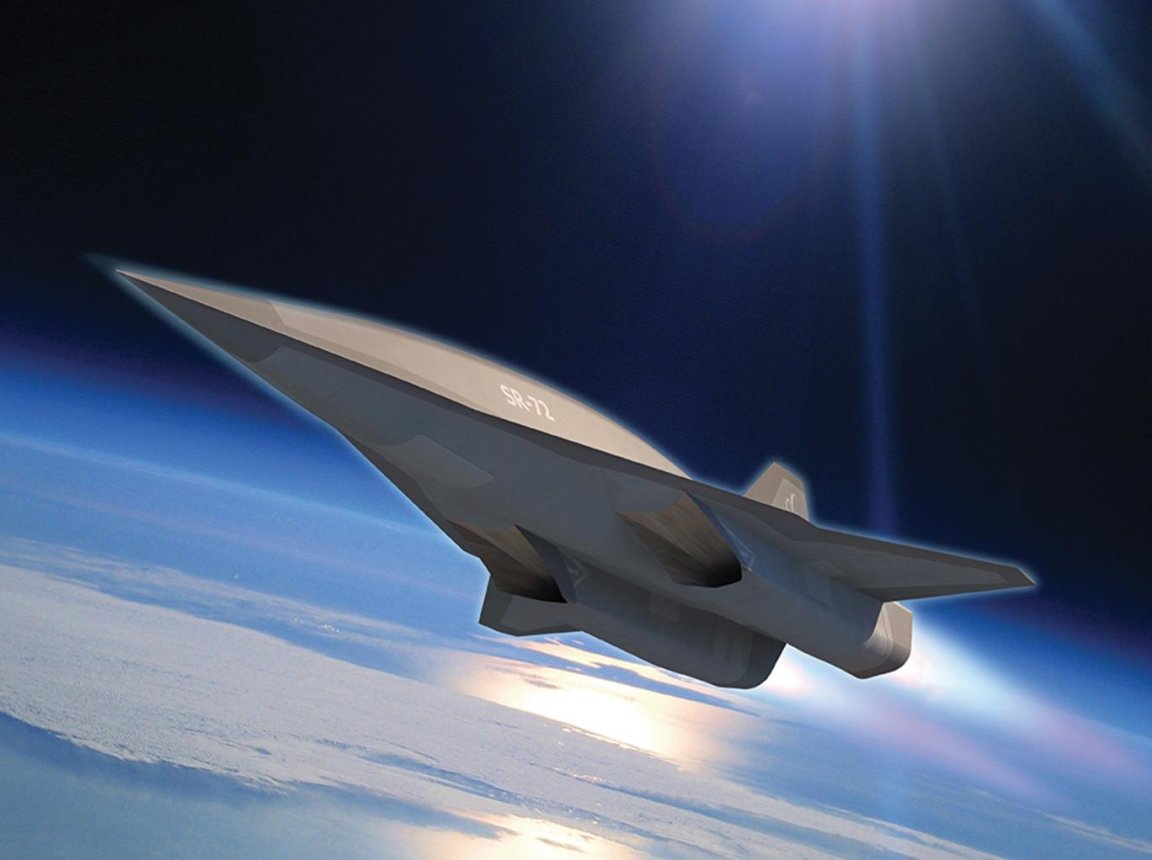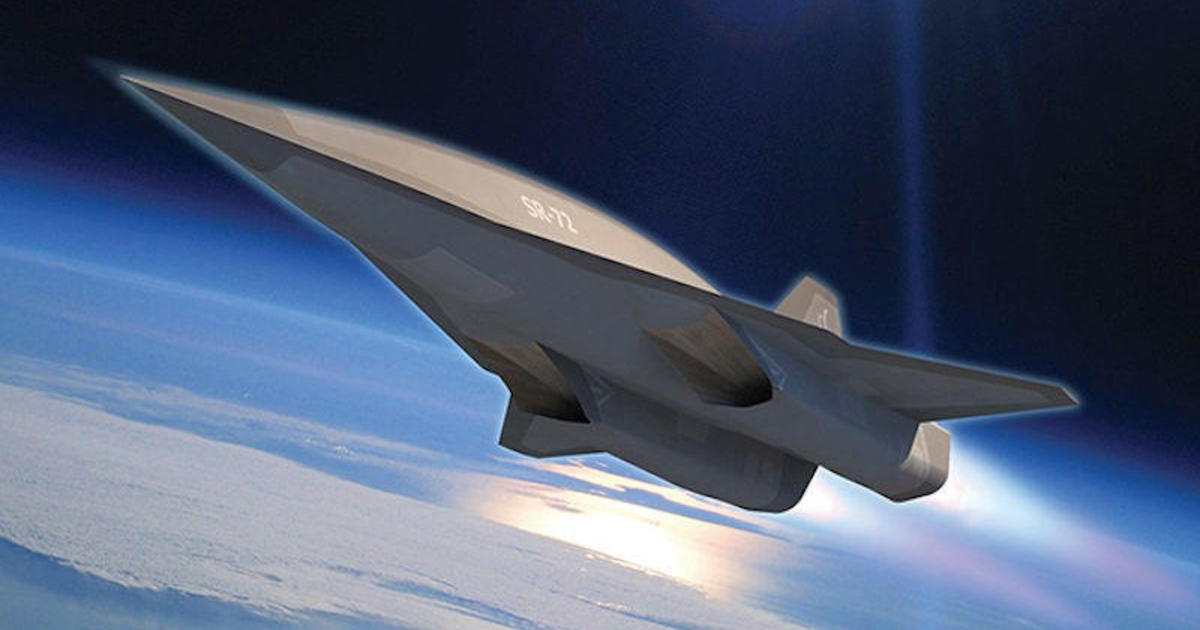
New Details On SR-72
On June 7, Lockheed Martin’s Advanced Development Programs (ADP), also known as Skunk Works, revealed new information about their hypersonic technologies. Specifically, they discussed the successor to the SR-71 Blackbird reconnaissance aircraft: the SR-72, a strike and reconnaissance aircraft. The SR-72 tops Mach 6, and is currently in development within the advanced aircraft-development division. According to Lockheed Martin’s statements to Aviation Week, hypersonic technologies, including a combined cycle propulsion system that blends a rocket engine and a supersonic jet engine, are sufficiently advanced to allow the planned SR-72 project to begin.
A hypersonic successor to the SR-71 has been the ultimate goal for DARPA and the Air Force (USAF) since the early 2000s. In 2013, the USAF, at last, announced that it had begun to design a scaled SR-72 demonstrator. Since that time, however, details about the program have been scarce, if the information was released at all. Here’s what we know now.
In 2006, Lockheed sought out Aerojet Rocketdyne for a partnership; it was this alliance that led to the creation of the combined cycle engine, modified from an off-the-shelf turbine. Ground tests on a combined cycle engine built with elements of both a rocket engine and a scramjet were conducted between 2013 to 2017.

Hypersonics Are The Future
The advanced aircraft division is also close to launching the full-scale development of a flight research vehicle (FRV) for either piloted or remote use. This FRV should be similar to an F-22 in size and have a backup full combined cycle propulsion system. Lockheed believes they’ll be flying an FRV in the early 2020s, while the SR-72 will probably be airborne by 2030. As more details and information about the first flights are revealed, we should see more of the fascinating details of the SR-72.
“We’ve been saying hypersonics [are] two years away for the last 20 years, but all I can say is the technology is mature and we, along with DARPA and the services, are working hard to get that capability into the hands of our warfighters as soon as possible,” Lockheed Martin executive vice president and Skunk Works general manager Rob Weiss told Aviation Week.
Hypersonic planes can travel at speeds of up to 4,800 km/hour (3,000 mph), making them the ideal transportation option for long-distance travel and global emergency response efforts. In fact, after an exciting beginning with the 1967 flight of the X-15, American hypersonic research has basically stagnated. But, now that NASA has brought its X-Planes program back and both military and civilian entities are more interested in the technology along with the dynamic outer space race that has been building, it seems obvious that the coming years will reveal a renaissance of research and development into hypersonic vehicles.